Route Highlights
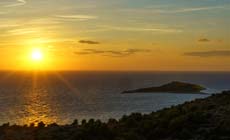
Kornati Archipelago
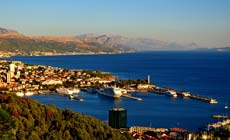
Split
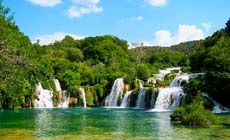
Krka National Park
Itinerary

Day 1 Split
Split is a tourist destination, rife with road and sea connections to the numerous summer resorts offered by Dalmatia. It is an urban, cultural and also a traffic centre which is a favorable tourist and excursionist destination. It is a city with tradition that dates more than 1700 years with various historical, archaeological and cultural monuments to show for it. Among the monuments here is the Palace of Diocletian that is also inscribed onto the UNESCO World Heritage List. To this city, it occupies a unique place alongside the hospitality of a modern Mediterranean city.
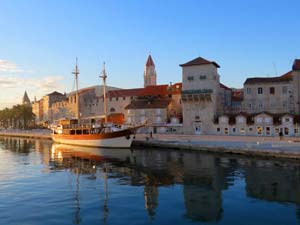
Day 2 Trogir
Trogir is basically a town-museum, and this is true from the minute one sets foot in the place. This is should be the place to visit for enthusiasts of both cultural and historical monuments, original architecture, wonderful alleys, and art. In Trogir, the opportunity is provided to learn more about the manifold and complex heritage, ranging from the Romanesque yard to the modern interiors that are simply marvelous. Trogir’s unique history, the Radovan’s portal and the vast number of art collections have been a spectacle of interest among travelers for centuries. This is because they offer unique beauty that is personified in the relief of Kairos which is a major attraction for tourists.
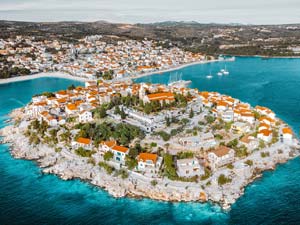
Day 3 Primosten
Sailors used to call it “Dry Point” because of the prolonged dry spell that the region experiences. It is set up on an island that was used five centuries ago by its inhabitants as a causeway as they went to the fields. Primosten is surrounded by seven little islands and in this case, is it stands out from the rest of the islands without doubt. What nature did not give, the industrious inhabitants created; making Primosten one of the most beautiful locations in the entire Adriatic experience. The stone houses, churches and narrow lanes are in perfect harmony of the past and the present state of life.
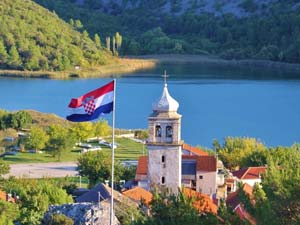
Day 4 Skradin
Skradin, the headquarters of Krka National Park and was declared to be Croatia’s seventh national park in 1985. The natural state has remained unchanged and boasts of vast spaces of multifaceted natural value. It is also home to one of the least altered ecosystems in the world. Skradin is one of Croatia’s oldest settlements that still retain the status of ‘town’ dating as far back as 2BC. Located only a short distance from Skradinski Buk, the Krka River flows with tranquility it represents the centre of life from ancient times. It is located between two wonderful waterfalls Skradinski Buk and Roski Slap where the Visovac Lake and the Franciscan monastery rest on the islet.
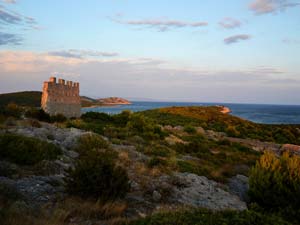
Day 5 Zakan
George Bernard Shaw wrote that on the last day of the creation, God found the need to crown his work and so he created the Kornati islands. Zakan, being part of the Kornati Archipelago is a location preferred by boaters because of its ‘wild’ harbor and anchorage advantage. The oldest document on fishing trades dates back to the 10th century, and it indicates that in Croatia, fishing began on these coasts. The island has no permanent settlements, but fishermen and farmers from Murter have constructed temporary houses on the island. These islands have more than 300 species of both flora and fauna. The underwater world is home to more than 250 and 300 plant and animal species respectively.
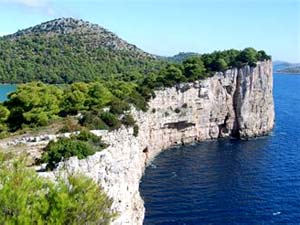
Day 6 Telašćica
In 1980, this area became protected as a Nature Park following its unique riches. This area is rich in valuable animal and plant life, geological as well as geomorphologic phenomena and colonies of the sea bottom with archeological heritage. There are three major phenomena that define this Nature Park; first, is the bay of Telašćica which is the largest, most beautiful haven on the entire Adriatic. It harbors 25 smaller bays on a 69km coastline that is well indented. Second are the cliffs of the island of Dugi otok, commonly referred to as “stene”. They rise to 200m above sea level and falls vertically 90m below sea level. Last but not least is the salt lake, commonly referred to as “Mir” that has peculiar curative characteristics that do more than dazzle the visitors.
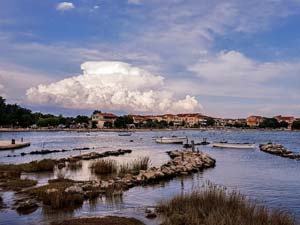
Day 7 Zadar
Zadar is located right in the middle of the Dalmatia which is notably one of the most indented areas of the Adriatic Archipelago. Not far from Zadar are the Krka, Plitvice, Kornati and Paklenica national parks as well as the Telascica and Velebit nature parks. Even closer are more than 300 islands and islets all facing Zadar. What makes Zadar the most attractive tourist destinations in Croatia are the numerous coves, beaches, restaurants, historical and cultural monuments, natural beauties and hotels that offer only selected national specialities. The historical bit about Zadar is only but fascinating for those who have respect for cultural and historical heritage.
